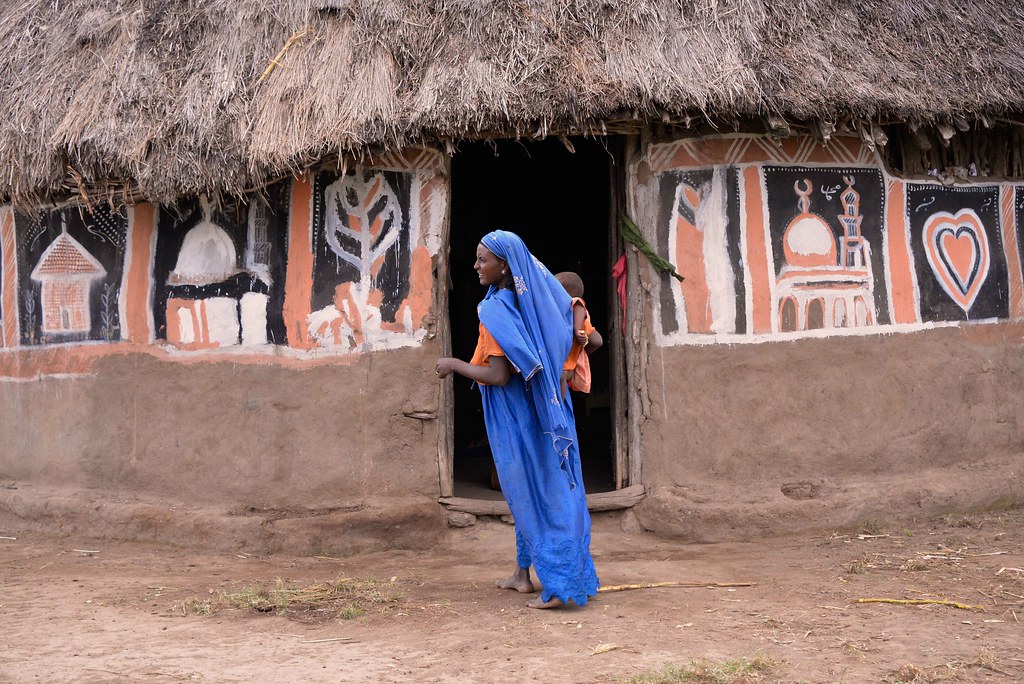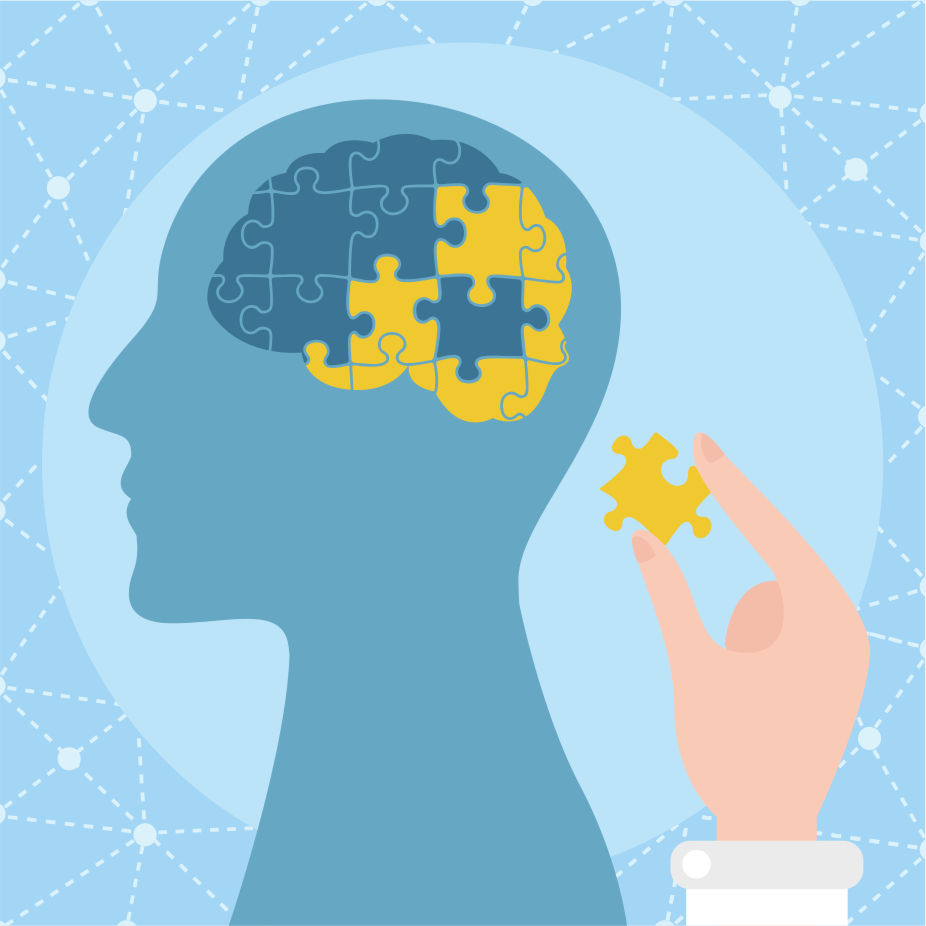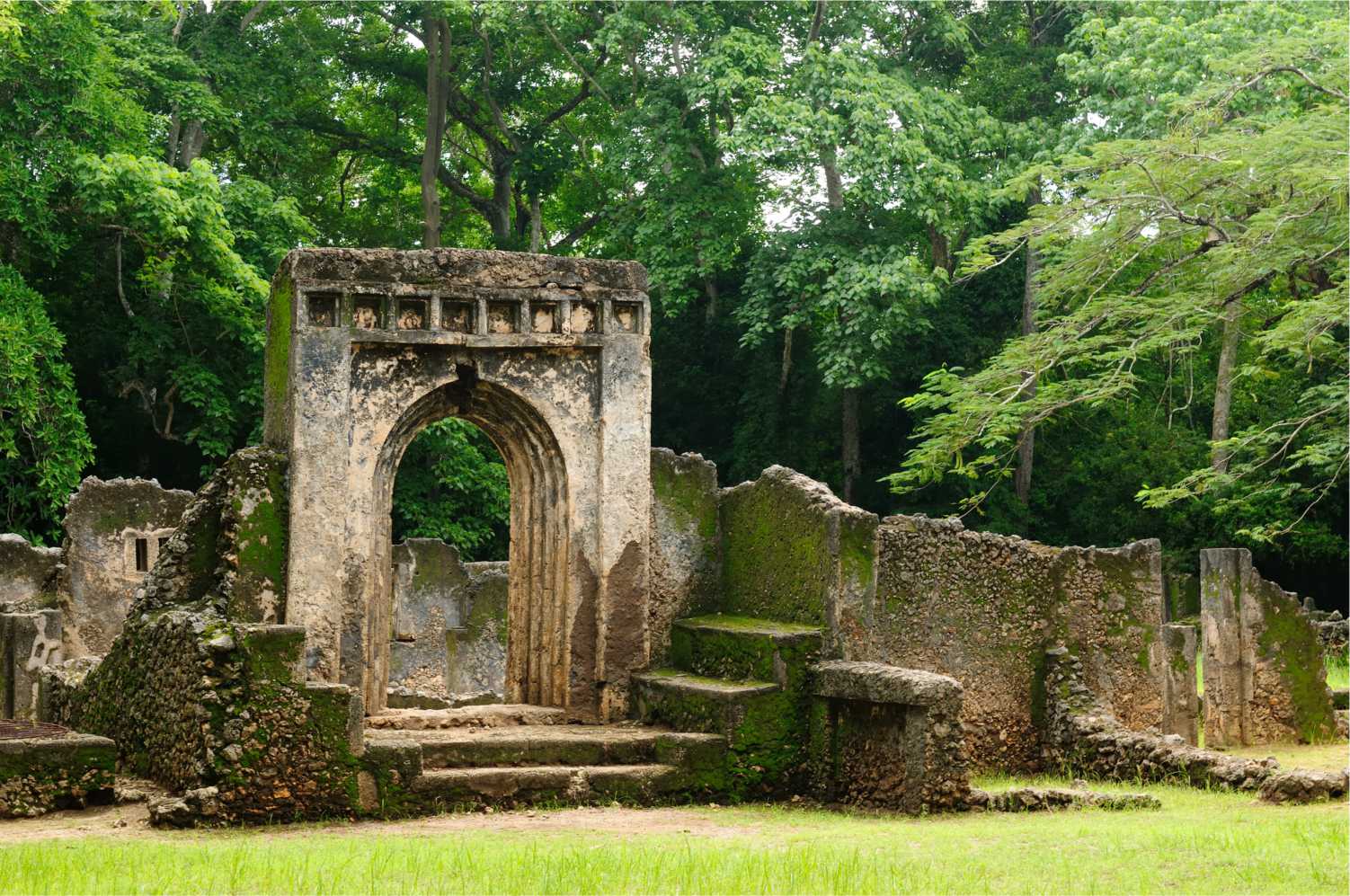Blog Details
News
4 Intriguing Facts About Albanian
-
29/08/2024 15:11:42
The Albanian language belongs to the Indo-European group of languages but sits within its own subgroup. It is likely that in its earliest times Albanian was closely related to the Balto-Slavic group. It is spoken in Albania and in the Republic of Kosovo, as well in Albanian communities abroad.
Confusing Origins
The Albanian language belongs to the Indo-European group of languages but sits within its own subgroup. It is likely that in its earliest times Albanian was closely related to the Balto-Slavic group. It is spoken in Albania and in the Republic of Kosovo, as well in Albanian communities abroad.
Many linguists believe Illyrian to be a potential ancestor of the Albanian language. However, as there is little information available about the language that the ancient Illyrians spoke, it has been difficult to produce evidence of a connection between the two languages.
Some linguists dispute the Illyrian-Albanian connection theory and instead believe that the Albanian language comes from a dialect of the now-extinct Thracian.
Two Distinct Dialects
Albanian has several dialects divided into two main groups: Gheg, spoken in the north of the country, and Tosk, spoken in the south. The river Shkumbin creates a natural boundary for the two dialect groups, which are mutually intelligible.
Gheg was for centuries Albanian’s more literary dialect, used by the elite. In the 20th century, this changed and Tosk was given more preference by the Communist government as this dialect was considered to be more working class and, therefore, more acceptable.
Nowadays, the two dialects are slowly mixing, a process started during the Communist regime when the old elites began to speak Tosk in order to blend in with the rest of the population.
Several Alphabets
Albanian has been written with several alphabets from the 15th century onwards. The Tosk dialect was originally written using the Greek alphabet while Gheg was first written with the Latin script. Additionally, they have at some point been written using the Turkish version of the Arabic script, as well as the Cyrillic script.
A number of locally invented alphabets have also been used, such as the Elbasan, a script created in the 18th century and used to write down the Elbasan Gospel Manuscript.
Beitha Kukju was another script invented for the Albanian language. It was designed by the scholar Naum Veqilharxhi in Southern Albania in the 19th century.
Another 19th century alphabet in Albania was the Gjirokastër alphabet, also known as Veso Bey alphabet.
The Latin script was standardised for written Albanian at the beginning of the 20th century, with the addition of two extra letters. A unified version of literary Albanian is based on the Tosk dialect and was established in 1972.
More Albanian Speakers in The Diaspora
A large diaspora of ethnic Albanians live outside of Albania, with more speakers of Albanian in the diaspora than within Albania. The largest communities of Albanian speakers live in Italy, Greece, and Argentina.
By Maia Nikitina





